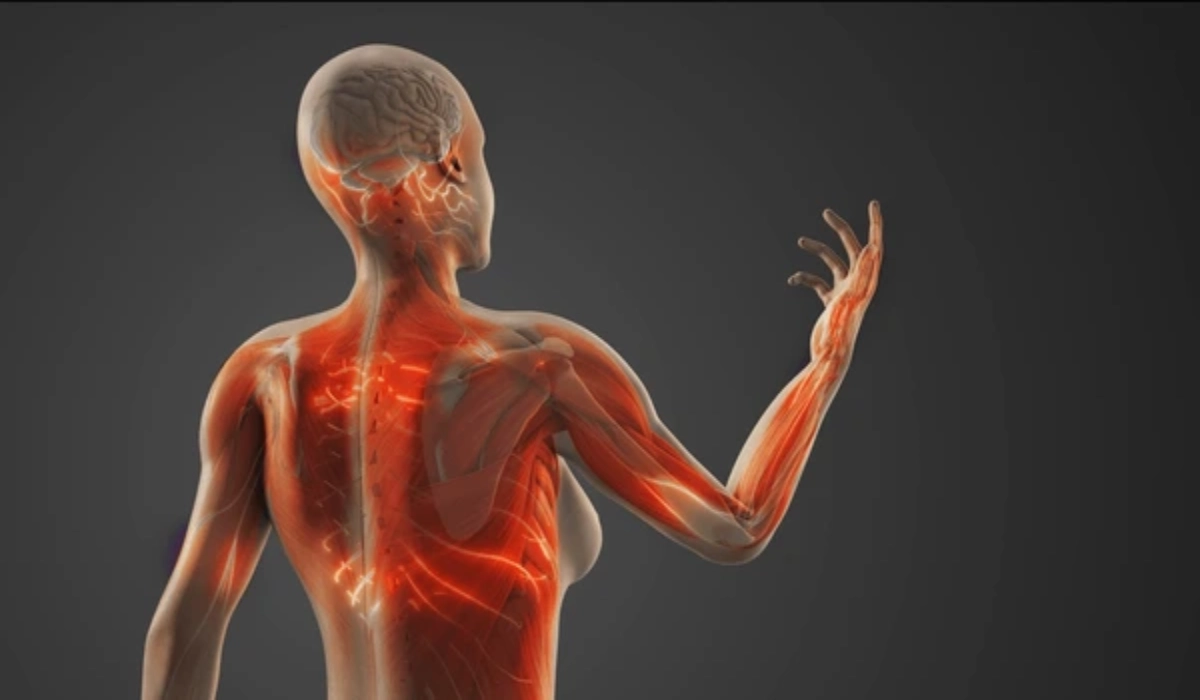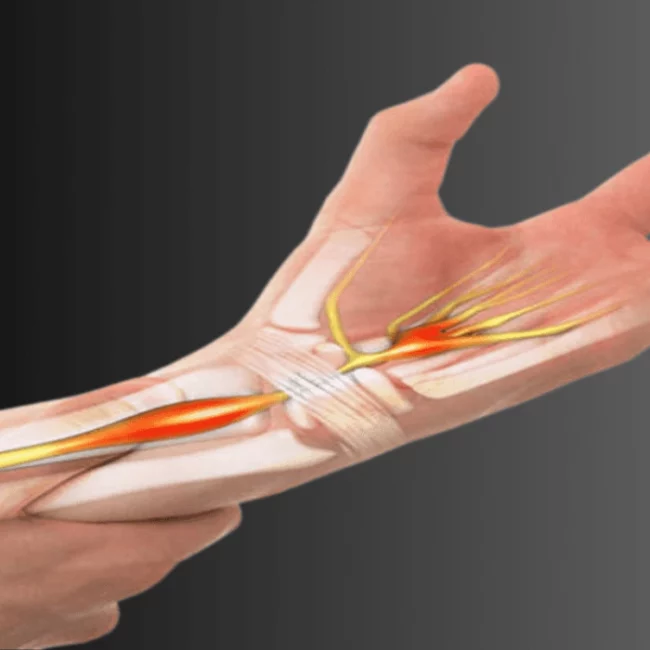
Complex Regional Pain Syndrome: Causes, Symptoms, and Treatment
Living with persistent, severe pain following an injury or surgery can feel overwhelming. One such challenging condition is Complex Regional Pain Syndrome (CRPS), also known more broadly as regional pain syndrome. Though not fully understood, CRPS is a complex condition that causes chronic pain, usually affecting the arms, legs, hands, or feet.
In this blog, we will cover the causes of regional pain syndrome, common symptoms, available treatment options, and how early intervention can improve outcomes. Whether you are someone living with CRPS or a caregiver seeking to understand it better, this guide will help demystify the condition.
What is Complex Regional Pain Syndrome?
Complex Regional Pain Syndrome is a chronic pain condition that often develops after an injury, surgery, stroke, or heart attack. What makes CRPS unique is that the pain experienced is often disproportionate to the original injury.

It is believed that CRPS stems from an abnormal response by the nervous system, resulting in heightened sensitivity and inflammation. In some cases, even light touch or gentle movement can trigger intense discomfort.
There are two types of CRPS:
- Type 1 (Reflex Sympathetic Dystrophy): Occurs after an injury with no confirmed nerve damage.
- Type 2 (Causalgia): Occurs when there is a confirmed nerve injury.
Both types share similar symptoms but differ based on whether nerve damage is present.
Causes of Regional Pain Syndrome
The exact cause of regional pain syndrome is still under investigation, but several risk factors have been identified:
1. Trauma or Injury
CRPS often follows fractures, sprains, or soft tissue injuries.
2. Surgery
Some patients experience complex regional pain syndrome after surgical procedures, particularly on the arms, legs, hands, or feet.
3. Nerve Damage
In Type 2 CRPS, specific nerves may have been damaged, contributing to the pain signals sent to the brain.
4. Inflammatory Response
CRPS may result from an exaggerated inflammatory reaction, where immune cells release chemicals that increase sensitivity and swelling.
5. Abnormal Nervous System Response
Dysregulation between the peripheral and central nervous system may lead to persistent pain signals, even in the absence of injury.
Symptoms of Complex Regional Pain Syndrome
Regional pain syndrome presents with a variety of signs and symptoms, which can vary in intensity and duration.
Common symptoms include:
- Continuous burning or throbbing pain, typically in an arm, leg, hand, or foot
- Swelling in the affected area
- Skin sensitivity to touch, cold, or movement
- Temperature changes in the skin (warm or cold compared to the opposite limb)
- Changes in skin colour or texture (e.g., shiny or blotchy skin)
- Stiffness in the joints or muscles
- Weakness or tremors in the affected limb
- Changes in nail or hair growth on the affected limb
In advanced cases, complex regional pain syndrome may result in muscle atrophy or restricted mobility if not treated promptly.
How is CRPS Diagnosed?
There is no single test to definitively diagnose regional pain syndrome. Instead, diagnosis is based on:
- A detailed medical history and physical examination
- Ruling out other conditions (e.g., arthritis, neuropathy)
- Bone scans or MRI to assess changes in bone density or soft tissue
- Thermography to detect changes in skin temperature and blood flow
- Autonomic nervous system tests (in some cases)
An early diagnosis improves the chances of managing the condition effectively.
Treatment for Complex Regional Pain Syndrome
The goal of treating complex regional pain syndrome is to reduce pain, improve mobility, and restore function. Treatment is often multi-disciplinary and tailored to individual needs.
1. Physical Therapy
Consistent movement and exercise help maintain joint function and improve blood circulation, reducing stiffness and preventing muscle atrophy.
2. Medications
Common medications prescribed include:
- NSAIDs to reduce inflammation
- Anticonvulsants or antidepressants to manage nerve pain
- Corticosteroids to address inflammation in the early stages
- Bisphosphonates (in certain cases) to reduce bone loss
3. Nerve Blocks
Anaesthetic injections around specific nerves can temporarily relieve pain and improve mobility.
4. Psychological Support
Chronic pain conditions like CRPS can lead to emotional distress. Cognitive behavioural therapy (CBT) and counselling can be helpful components of a holistic treatment plan.
5. Advanced Treatments
For cases resistant to conventional therapies:
- Spinal cord stimulation (SCS)
- Intravenous ketamine infusions (for severe pain)
- Sympathectomy (rare, selective procedure affecting sympathetic nerves)
Self-Management Strategies for CRPS
Alongside professional treatments, self-care plays an essential role in managing regional pain syndrome.
- Apply warm or cold packs as advised to manage swelling
- Practice gentle stretching and mobilisation exercises
- Engage in relaxation techniques to reduce stress (e.g., deep breathing)
- Avoid immobilising the limb for extended periods
- Follow a balanced diet to support overall health and tissue repair
Living with Complex Regional Pain Syndrome
CRPS can be a life-altering condition, but with the right support, many patients are able to manage their symptoms effectively and regain quality of life. Early intervention is crucial, as delayed treatment may result in long-term complications.
An individualised plan that combines physical therapy, medication, psychological support, and where appropriate, advanced surgical techniques, is often the most successful approach.
Moving Forward in Your Care
Complex regional pain syndrome is a complex and challenging condition, but comprehensive, multidisciplinary treatment can help manage symptoms and improve day-to-day functioning.
At Dr. Marouane’s Pain Management and Orthopaedic Centre in Dubai, patients receive a patient-first approach that focuses on accurate diagnosis, personalised care, and access to advanced pain management techniques.
Get Specialist Help Today
If you or someone you care for is struggling with regional pain syndrome, book a consultation with Dr. Marouane, a leading expert in pain and orthopaedic management based in Dubai.






